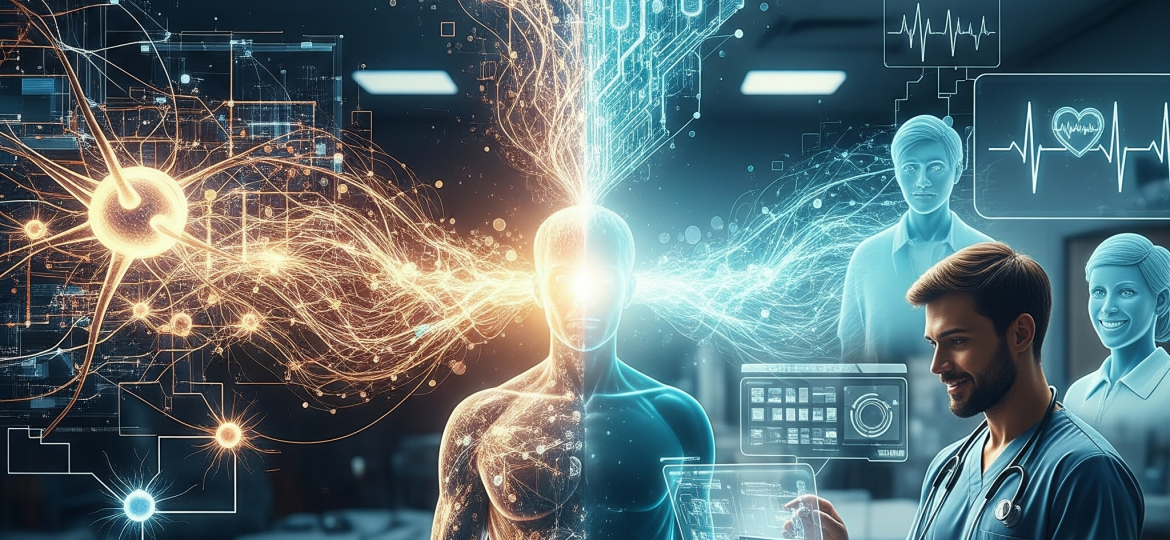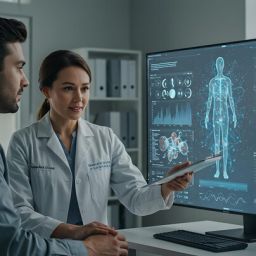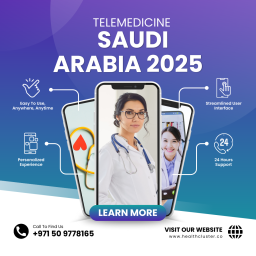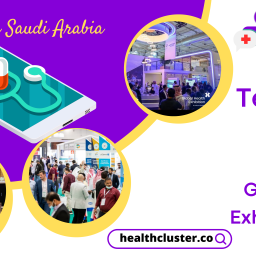
AI, as we know, is taking the lead everywhere in the world in every sector. And as fast as it’s going, we have to ask: is it actually transforming healthcare?
Well, people are saying it does. But how? That’s what we’re going to break down. So let’s get into it.
How AI Is Actually Transforming Healthcare (2025 Edition)
AI is transforming the healthcare landscape in a few important ways, not only theoretically, but in tangible, measurable ones:
1. Quicker andMore Precise Diagnoses
Artificial intelligence technology can now analyze thousands of scan images, lab tests and patient records within seconds identifying patterns that doctors could easily overlook. Whether it is identifying cancer at its early stages in an MRI or diagnosing diabetic retinopathy, AI is assisting physicians to make quicker, more intelligent decisions.
2. AI-Powered EMRs for Smarter Workflows
AI integrated into EMRs (like Health Cluster’s) can automatically summarize patient histories, flag critical trends, and even suggest diagnosis codes saving hours of manual input and reducing errors.
3. Preventive Care Predictive Analytics
Rather than responding to sickness, AI is assisting clinics to foresee danger, such as hospital readmissions, strokes or heart failure and prompt preemptive responses. It’s moving care in the realm of reactiveness to proactiveness.
4. Patient Engagement Virtual Assistants and Chatbots
AI chatbots are currently being used to book appointments, provide feedback on frequently asked questions and even to offer mental health assistance. These instruments relieve the personnel load and enhance patient access around the clock.
5. Clinical Decision Support Systems (CDSS)
AI is enhancing the knowledge base of doctors by offering treatment suggestions in real-time in regard to the most current medical findings, patient data, and even genomic sequence.
6. Individualized Treatment Plans
As the AI analyzes the data gathered through wearables, medical history, and lifestyle factors input, treatments can now be designed in a unique way to each patient to enhance the results and satisfaction.
7. Streamlining Hospitals
There is also the forecasting of equipment failure, supply chain management, optimization of patient flow, and wait time reduction in emergency rooms, all of which are being done behind the scenes by AI.
8. Smartier, Scalable Telehealth Services
AI is taking telehealth to the next level by ensuring that virtual care is smarter and available. Automated triage systems, which allow to examine the symptoms of the patient before the physician comes in on the call, AI-based software that can help during the actual telehealth consultation with real-time data on the patient these are only a few examples of how telehealth is not simply video calling anymore but is becoming a fully digital care platform. This implies quicker diagnoses, improved follow-ups, and around-the-clock support to patients, including remote locations.

















